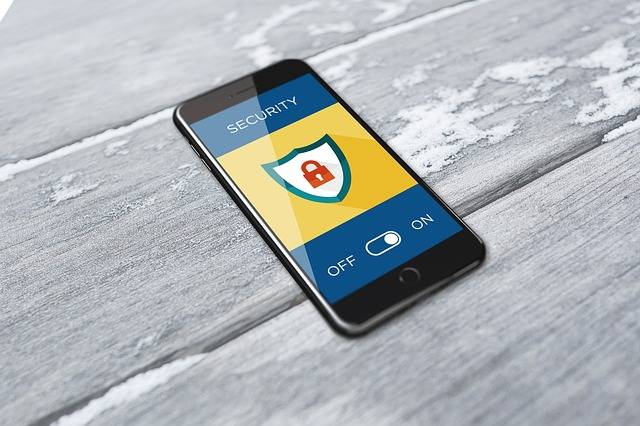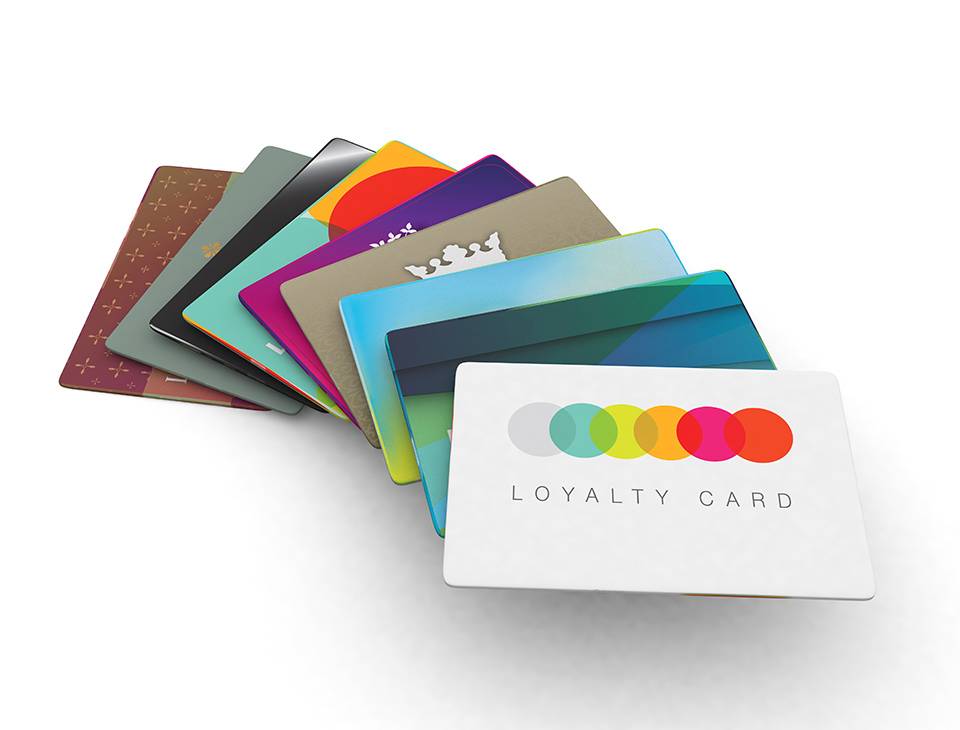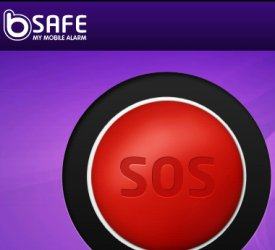California, (December, 2012) – Whether you’re one of the millions of Americans that already owns a mobile handheld device (like a Smartphone, tablet or iPod Touch), or you’re hoping Santa slips one under your tree this year, there’s something you likely haven’t put much thought towards: mobile security.
According to a report released by Forrester Research, it’s estimated that 46% of all bank account holders will utilize mobile banking services by 2017. Even if you aren’t accessing your bank or credit account from your handheld device, you likely have email; social networking and a multitude of apps that give a would-be thief plenty of valuable information should they get a hold of your phone or tablet. Take a few easy steps to protect that information from loss or theft.
Step One: First, enable a pass code lock that requires a code or pattern be entered when your phone or tablet is reactivated from sleep mode. I know, you’re thinking, “what a hassle to have to enter a number or trace a pattern every time I want to use the phone,” but keep in mind that most thieves are looking for an easy target. If the gadget they snatch turns out to be locked, someone looking to steal data is likely to abandon the endeavor rather than go to the effort of trying to hack past the lock screen.
Apple devices (as well as many other handheld gadgets) offer the option to erase all data in the event that the wrong code is entered more than ten times. This safety measure immediately brings to my mind the image of my son relentlessly pressing buttons trying to get to his games until my phone is made useless. However, if you’ve taken the precaution of backing up your data and apps to a cloud application (such as iCloud, SugarSync, etc), even an errant data wipe isn’t tragic.
Step Two: Next, utilize a mobile security application that allows you to control your phone or tablet remotely in the event it is lost or stolen. Look for one that shows your gadget’s approximate location (provided your device is powered and you have GPS activated) on an online map. If it’s somewhere in or around your home, use the software to activate a repeating alarm beep to help you find it. Should you discover it’s at your local Starbucks, or worse, in someone else’s possession, the application should allow you to remotely lock the phone, post a message on the home screen with your contact info, or if necessary remotely wipe your data.
iPhone, iPod and iPad users should activate Apple’s Find my iPhone (or Find my iPod/iPad). It does all of the things listed above; best of all it’s free and comes pre-installed on all current iOS mobile devices. If you didn’t enable it when you activated your device, navigate through the Settings menu to the section for iCloud, then the Find My iPhone (iPod/iPad) option. Toggle the switch to ON. When prompted to allow the application to access your location, select Allow.
Avast! Free Mobile Security (www.avast.com/en-us/free-mobile-security#tab3) is a great free option for Android users. It runs silently in the background so it’s difficult to detect or remove and can survive hard-resets. In addition to the features listed above, it includes a siren that gets louder if thieves try to turn it off and call forwarding so you don’t miss a call or text while your phone is MIA. If an unauthorized SIM card is detected, the phone will lock, activate the siren and send you a notification containing the phone’s new number and geographic location. All the anti-theft settings are able to be modified remotely, so they’re easily customization to your particular situation.
Have a broken screen or phone that need a new battery? Call a Nerd for fast and reasonable priced repair.

About The Author: Andrea Eldridge is CEO and co-founder of Nerds On Call, a computer repair company that specializes in on-site and online service for homes and businesses. Andrea is the writer of a weekly column, Nerd Chick Adventures in The Record Searchlight. She prepares TV segments for and appears regularly on CBS, CW and FOX on shows such as Good Day Sacramento, More Good Day Portland, and CBS 13 News, offering viewers technology and lifestyle tips. See Andrea in action at callnerds.com/andrea/.
About Nerds On Call: Established in a spare room in Redding, Calif., in March 2004, Nerds On Call offers on-site computer and laptop repair services to consumers and businesses. Nerds On Call provides trouble-shooting for PCs and Macs, home and office networks, printers, iPods® and MP3 players, handheld devices and cell phones, home theaters and game systems, and virtually every other form of digital entertainment. In 2009, 2010, & 2011 the company was named to Inc. magazine’s list of 5000 fastest growing private companies. With 7 locations across California and Oregon, Nerds On Call serves more than 40,000 satisfied customers per year. For more information, visit callnerds.com or call 1-800-919-NERD.






